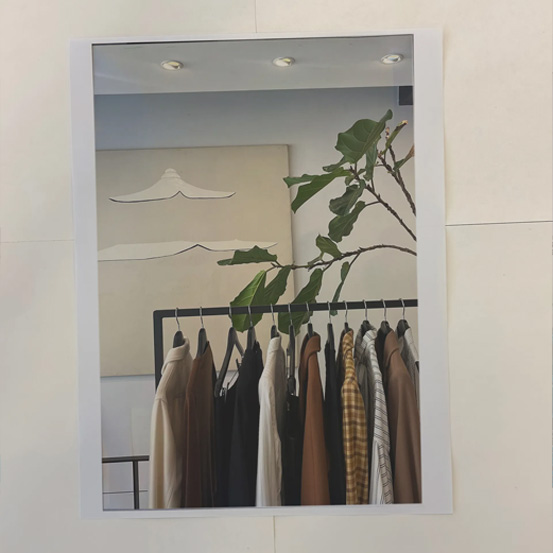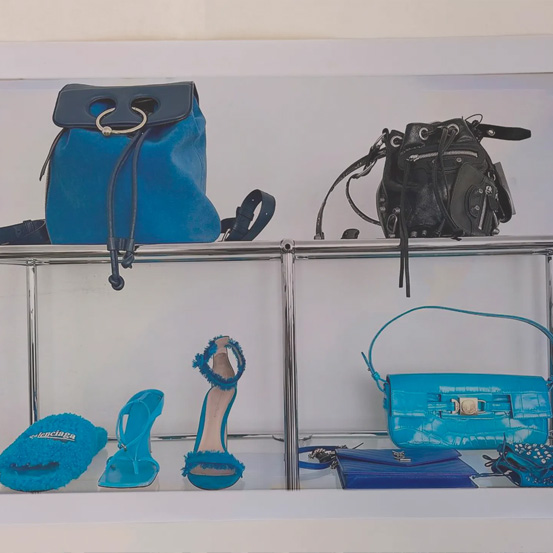If the planet could talk to us, what would he say? Tamara Heribanova, journalist and author of six books, reflects about the destruction we are inflicting to Earth, and subsequently, to humankind.
If the planet could talk to us, what would he say? Tamara Heribanova, journalist and author of six books, reflects about the destruction we are inflicting to Earth, and subsequently, to humankind.

© Getty Images
© Getty Images
“Hello, it’s me, your planet. The one you live on. Some of you call me ‘nature’. Many, even those who mistreat me, call yourselves ‘nature lovers’ in hashtags on Instagram. Listen, it’s a question of survival - you need to help me; I think the both of us would benefit.”
“What? Hello? Is this a joke? Hello, you’re breaking up, can you hear me?”
“I can. It’s not a joke. The connection on my end is perfect, though I’ve difficulty breathing as the microplastic particles clogging my innards have begun to restrict my free movement. If you’ve seen David Attenborough’s Blue Planet II, you must remember the scene in which the albatross feeds her chicks scraps of littered plastic while assuming the plastic pieces to be food. The presence of microplastics in the oceans today poses a constant pertinent threat to all marine life, every single day. Unless something is done, there will be more plastic pieces than animals in the oceans by 2050. This very minute, trash containers all over the world are being deposited into the planet’s waters; and every second, an astonishing twenty thousand plastic bottles are made and shipped across the globe. An overwhelming majority of these are never recycled.
Calling you isn’t easy for me; hope I don’t choke up. There are now more plastic bottles in the world than planets in the galaxy. I know you like to read: perhaps you will recognise me if I tell you that I am the planet on which the Little Prince landed in one of your books. I am the place that was home to your ancestors, and I would love to be a home to your children and grandchildren. But the future is… uncertain.”
“Uncertain?”
“Well I don’t mean to panic, but...” she is silent for a minute. Then she continues: “I would not have called you were the situation not dire. Where else could I have found you? More people now have access to mobile phones than they do to sanitary toilets. You’ve really littered every corner of the earth, and the consequences of your carelessness are driving our environment into the gutter”, sighs planet Earth. “You need to get your act together.”
“But how?”
“Just look at the rate at which CO2 emissions are increasing. Unless something is done to stop this, a hundred years from now clouds will physically begin to fall apart, no longer able to shield the surface of the Earth from the scorching rays of the hot sun. The planet’s overall temperature will increase by an estimated eight degrees. You may have heard of the Paris Agreement; scientists and world leaders warn against a world catastrophe already at the impending two degrees of warming of the atmosphere. You will revert natural history to the times when crocodiles swam the thawed waters of the Arctic and palm trees grew in what is now Alaska. I will be alright without you, though it will be strange. I enjoy the diversity and uniqueness of human culture. I like jazz. Your capacity for artistic expression continues to astonish me. Many of you have beautiful souls. You can accomplish great things when you set your mind to them. Over the course of the centuries, many of you have sacrificed your comfort, sometimes even your lives to do the right thing.”
“Why would you choose me? There is little I can do as an individual. Wouldn’t it be better to ask help of those responsible? There is no way that I can influence carbon emission policies or global plastic production. Everything you are talking about - it’s not my doing. I recycle my paper, glass and plastic, for example. Not always, but usually.”
“Look, I don’t mean to be mean, but you throw your recycling into the paper container in a plastic bag. You call that recycling? You are holding a single-use plastic cup of beer in your hand as we speak. It is wrong of you to assume that you are not part of the cause of my troubles”, she says. “I only want to find somebody who can finally clean this whole mess up. I need to be functional 24/7, 365 days a week and it feels like you humans tend to forget that.
“Wait a sec, I’m just a normal person. I’ve my own life to take care of, pay my mortgage, get my car fixed and also, I really don’t know what I’m going to do after my favourite Netflix series is finished in a couple of weeks.”
“I know what is important for you, you live here. What I am asking you to do is to be the change you wish for me. Start from yourself. With small, simple things. I’ve decided to call you and many others because I worry there is nothing else I can do. Because until your house is on fire or drinking water ceases to flow from your tap, until your greatest anxiety ceases to be that the internet in your apartment has been slower than usual lately, you will not care what is happening to the planet. Not really. Take, for example, the recent destruction of forests in Siberia, where almost three million hectares have burned to the ground only this Summer. And then there are the fires in Greenland, Alaska and of course where you are, in Portugal. Listen, just do what you can. That is all I ask. If you can convince your friends and colleagues, you all can make a difference! You do realize why this is so urgent, right?”
“Why?”
“You are the first generation to already experience the devastating effects of environmental decline and of the last generation who is able to do anything about it before it is too late. There is not much time left, and that is not an exaggeration. Every day counts, every person, every choice. A species of turtle went extinct in the same week that Notre Dame in Paris burst into flames. Your media reported on the incident extensively for weeks. I am not saying it was not a terrible thing. But did anyone notice, in those days, that one of the twenty-six thousand endangered species of wildlife had gone extinct? No. Of course it would make me happy if all the millionaires and political leaders of the world came together to save the planet. Really, it is policy-makers and big companies who are able to make change happen on a structural level. But I have no access to them. So, I wanted to speak with you, because this is all about you and all the millions of other people and animals on this planet. Please, listen to me.”
We have four years left once the bees are gone
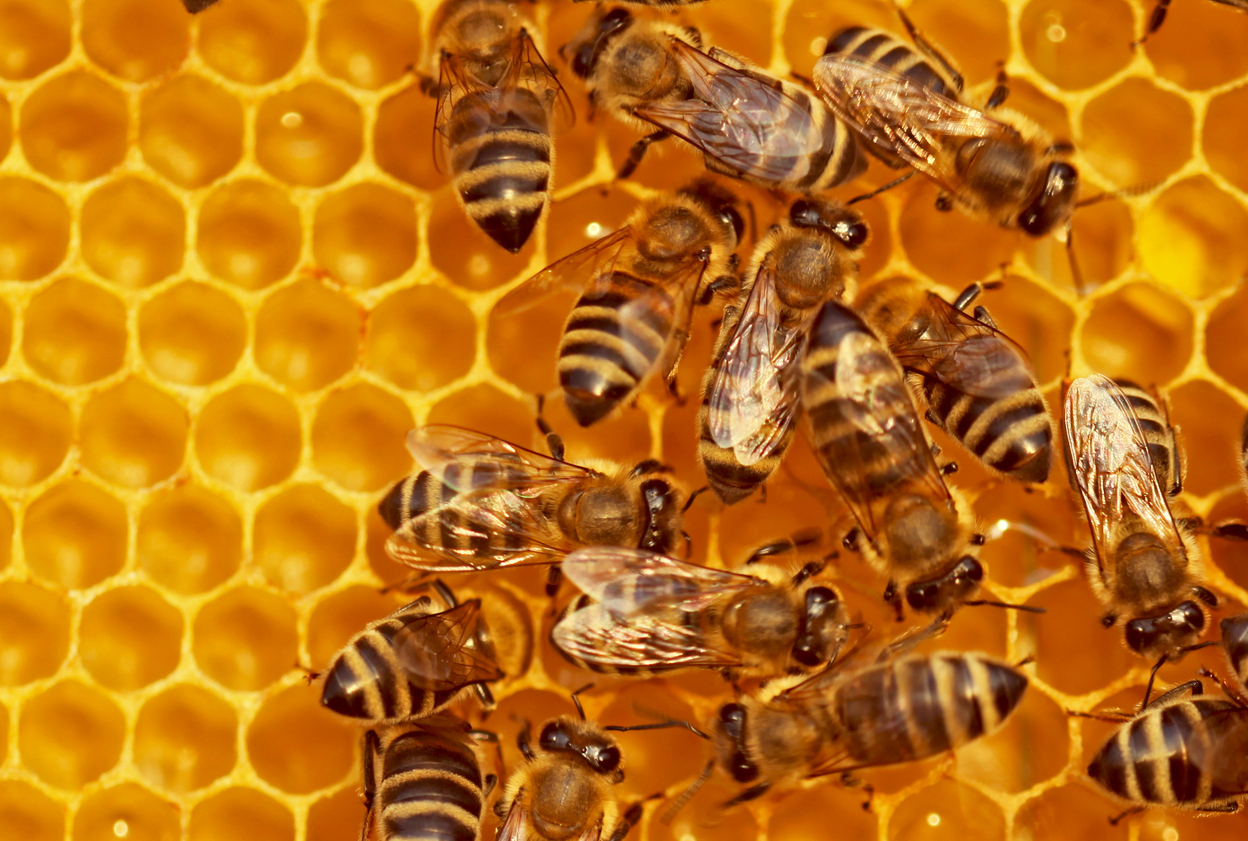
But not all people behave the way I just described, of course. You might think these words too harsh. But before you skip ahead to skim the rest of the issue – stay awhile. Come journey with me to the small country I come from - to Slovakia. To a picturesque village surrounded by stretches of deep forest. Here lives an elderly lady, a lady who spoke with me on camera about love. This was just last year. I tell this story as homage to the great Albert Einstein, who once wrote that if bees disappear from the face of the earth, humankind would have no more than four years to live. We are in Slovakia, where I spent most of my early childhood in my grandparents’ backyard. And so together, the lady and I walked up a hillside just outside the village, because that is where she wanted to recount her first and only love. She first spoke of how she misses her husband, with whom she spent seventy years of her life. She told me of their wedding night, for the duration of which they tied small bells to the feet of the bed. The bells on the bed (unforgettably, and ever so softly) jingled on their first night together. Allowing us to help her from her wheelchair and set her onto the green early Summer grass, she sat and gazed pensively into the distance. Then she said: “This is where we looked into each other's eyes and then, somewhat awkwardly, embraced and rolled down the hillside”. Her eyes glistened as she whispered: “To experience that again!” In an instant, the woman began to roll downhill, gently, giggling, until a small dent in the end had caused her to halt. The cameraman and I rushed to her, alarmed that she may have hurt herself. As she lay in the fresh verdure beneath us, she smiled softly: “Life is a miracle, that is why it is precious. But where have they gone?”
“Who?”, we asked, puzzled.
“Why, the bees, of course,'' she replied. “I do not feel any stings!” I was reminded of my childhood in the countryside and how we would wake at dawn to the relentless buzzing of the bees outside.
“So?” she insisted. “Where have they gone?”
An image of the old water tank in my grandmother’s backyard, around which the bees would form a ring, flashed before my eyes. Those bees are no longer there. It occurred to me that their absence is but one of a plead of evidence of the destructive effects of pesticides and other harmful chemicals poisoning the environment. Effects that continue to force us into new ways of existing with and on this planet. But these modus vivendi have a fast-approaching expiration date. In the last thirty years, approximately three thirds of the pollinators on our planet have disappeared, and yet an estimated 75 percent of the food we depend on relies on their presence. I saw before me the face of my grandmother Maria and great-grandmother Matilda. Both of them were, to put it in contemporary terms, zero-waste. Whatever was cooked for dinner has eaten. Leftovers were fed to the chickens and other domestic animals. Grandmother had taught me to darn socks when I was still quite small, explaining that the more holes in a piece of clothing, the more valuable it is because yarn is one of the most precious commodities of humankind. A hole or tear is mendable, a skirt or shirt can be revived, if only we take the time and effort to fix things instead of throwing them away. After all, our cultural closeness to clothing is also a very physical one. It is because of this intimate relationship that I grew to love and admire the traditional costumes of peasants (and I continue to collect and restore these professionally). The costumes were passed down from generation to generation, fulfilling many functions in both a pragmatic and cultural sense. The stitching in the festive, embroidered items, for example, carried with it a story, a system of signs embedded in pattern and colour. Last but not least, a testament to the value and quality of the costume was the meticulous craftsmanship required to produce it. The quality and beauty of many of these costume items is breath-taking. It sometimes took months to produce but one item before it was passed on as a gift; a gift that was the result of care, dedication and patience. In north of Portugal, Viana do Castelo, one such item was a red scarf embroidered in red cross-stitch given by women to men, to let them know that their heart belongs to them alone. A man who was gifted such a scarf could tie it around his neck and wear it during the day, so that other women might see that he is taken. Could a scarf sold in a fast-fashion chain store, made by women crammed behind sewing machines and working fourteen hour shifts in mass garment producing factories, fulfil the same function?
Our grandmothers knew and understood the entirety of the process of fabric weaving, they knew that every stitch represented (to a greater or lesser extent) a personal investment and that therefore, clothes are to be worn and remain in use for as long as possible. Unlike our ancestors, the average woman in Europe today might wear an item of clothing but on a dozen occasions before she discards it. A hole in your shirt? No longer functional, chuck it out! A new one is less than 10 euros. Yet, an approximate 2700 litres are needed in order to produce one simple cotton t-shirt, which is also approximately the amount of water one person consumes in two and a half years. Such t-shirts are usually produced in countries of what we might call the developing world, where most of the world’s cotton is grown and collected. This raw cotton is then “spun” into thread and woven into fabric. This fabric is then cut, sewn, transported, stored etc. Not to mention the additional resources that are spent on marketing, staffing and the renting of commercial spaces. Even today, after the nature of the fashion industry has been exposed in documentary films such as Walmart: The High Cost of Low Price (2005), The Machinists (2010) or The True Cost (2015), the wages of many factory workers around the world are little more than 30 cents an hour; some of these workers toil away at their stations while, on the other side of the factory building, entire families rest for a short night’s sleep before the start of their next shift. Why don’t they just go home? We cannot fathom what it means to live and work in such dire conditions. Tolerating for them to live in these hellish circumstances is the true price of that 5€ t-shirt. 70 percent of the rivers in China are contaminated by an estimated nine million litres of wastewater produced by the textile industry. Lagging right behind the oil industry, the empire of fast fashion textiles is the world’s second most wasteful and environment-contaminating industry. Among this toxic waste are particles from textile-dyeing substances as mercury, cadmium or lead. There is a saying in parts of China that one can always tell which colours will be in next season by the colours of the rivers.
Tears in the factory deliver drinking water
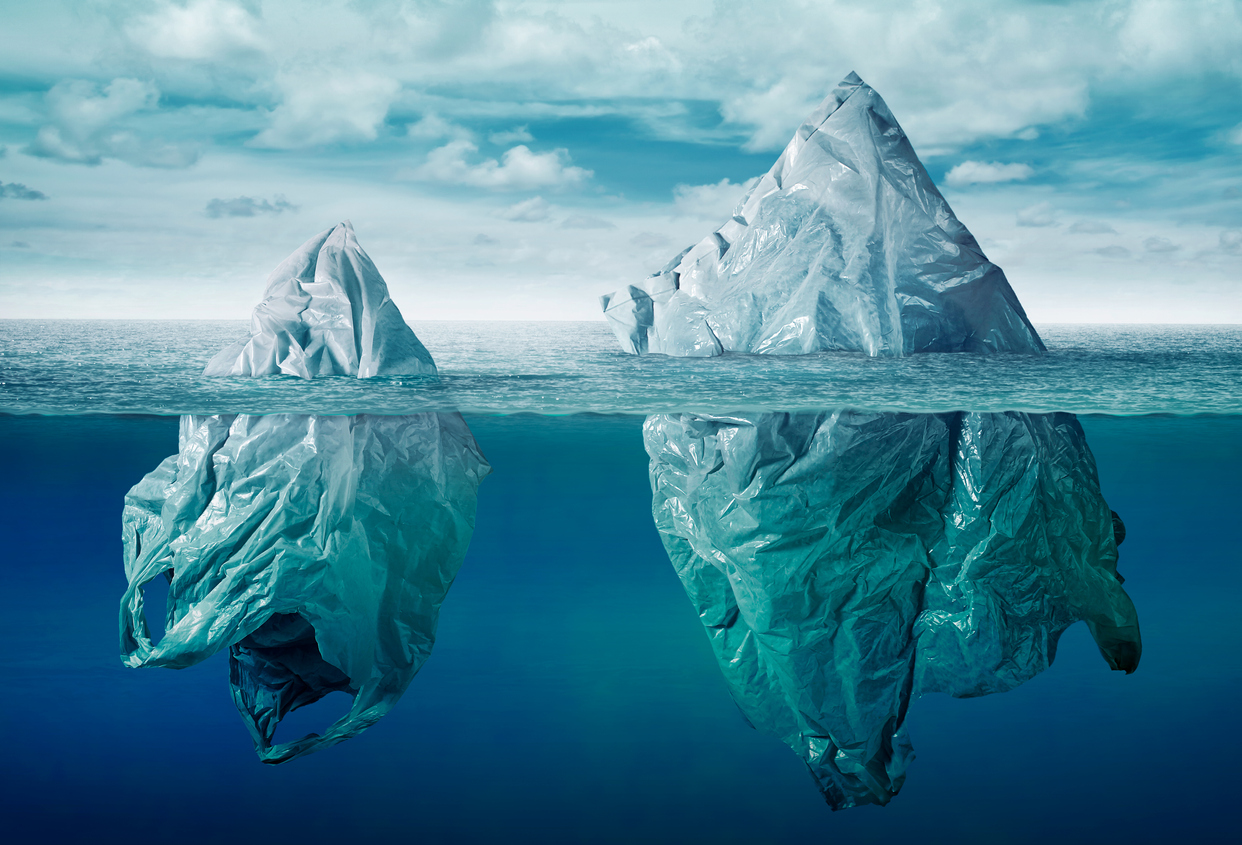
© iStock
© iStock
The average person in the developed world uses an estimated 700 plastic bags a year, the people bringing their own tote bags are still comparatively far and few in-between. Every year, millions of plastic bags, big and small, end up in the ocean and in the past ten years, humans have produced more single-use plastics than in the preceding one hundred years. And yet, the average lifespan of one plastic bag is an approximate 15 minutes – the time between when we leave the store and arrive home to unload the groceries. We throw the plastic bag into yet another bigger and sturdier one. One small bag will take an estimated 100 years to decompose (at best), a plastic bottle will take an estimated 400. Companies such as Coca-Cola, the largest producer of pop beverages in plastic bottles in the world, produces an estimated 120 billion plastic bottles annually. Were we to create a chain using all the bottles, we could circle the Earth with them almost 700 times. In March 2018, Michael Gove, British Secretary of State for Environment, Food and Rural Affairs (2017–2019) called for introducing a nation-wide recycling standard. Coca-Cola made a public announcement that it would try to make sure that by 2030, it will provide recycling for every one of the billion bottles it produces annually. Seems absurd, doesn’t it.
In 2010, I visited Kenya. The first days, I travelled the villages and countryside of the Mara River, where I saw not only unspeakable poverty, but also a quiet emptiness in the shops; shops with rows of Coca Cola bottles stacked on the ramshackle shelving of stores. I visited a few villages, all struggling to meet the challenges of drinking water shortages. Many children’s motivation to go to school was that they would get a glass of water and were able to wash themselves there. When I visited a school in the slums of Kibera (which stands at roughly 2,5 km2 for its one million inhabitants), I saw shown the wells to which children go to fill their cups with drinking water. It was provided for the school by Coca Cola whose representatives invited me to one of their factories near Nairobi; this one exports for Kenya and Tanzania. Thousands of bottles made their way across innumerable assembly lines. Men with fatigued, swollen eyes stood patiently making sure the bottles are filled and sealed properly. If the amount of the liquid in the bottle did not meet the imagined optimal mark (a few millimetres above or below the required), it was discarded. I motioned closer to one of the overseers, who stood scrutinizing the moving row of 500ml bottles on the nearest assembly line. Tears were streaming down his face. Thoroughly focused on the task at hand, the man seemed completely exasperated. In that moment, I realized how important it was that I went to report on this industry. “Please, do not take pictures”, a man said to me. Overwhelmed and somehow unable to move, I stayed put. “This man is the saviour of all of his family,'' I was told. “There are hundreds like him out there who would take his job immediately if they could. The fact that he is able to work here means access to drinking water and food for his children. They are very proud of him.” How many people across the world are able to feed their families thanks to the fashion industry? Or are they? In spite of the daily backbreaking work and appalling conditions and unpaid overtime? While in the year 2000 it was around 20 million people, currently the textile and fashion industry employ between 60 and 120 million people. Do the numbers seem vague? That is because many of them have never been registered as such.
Is it really that bad?
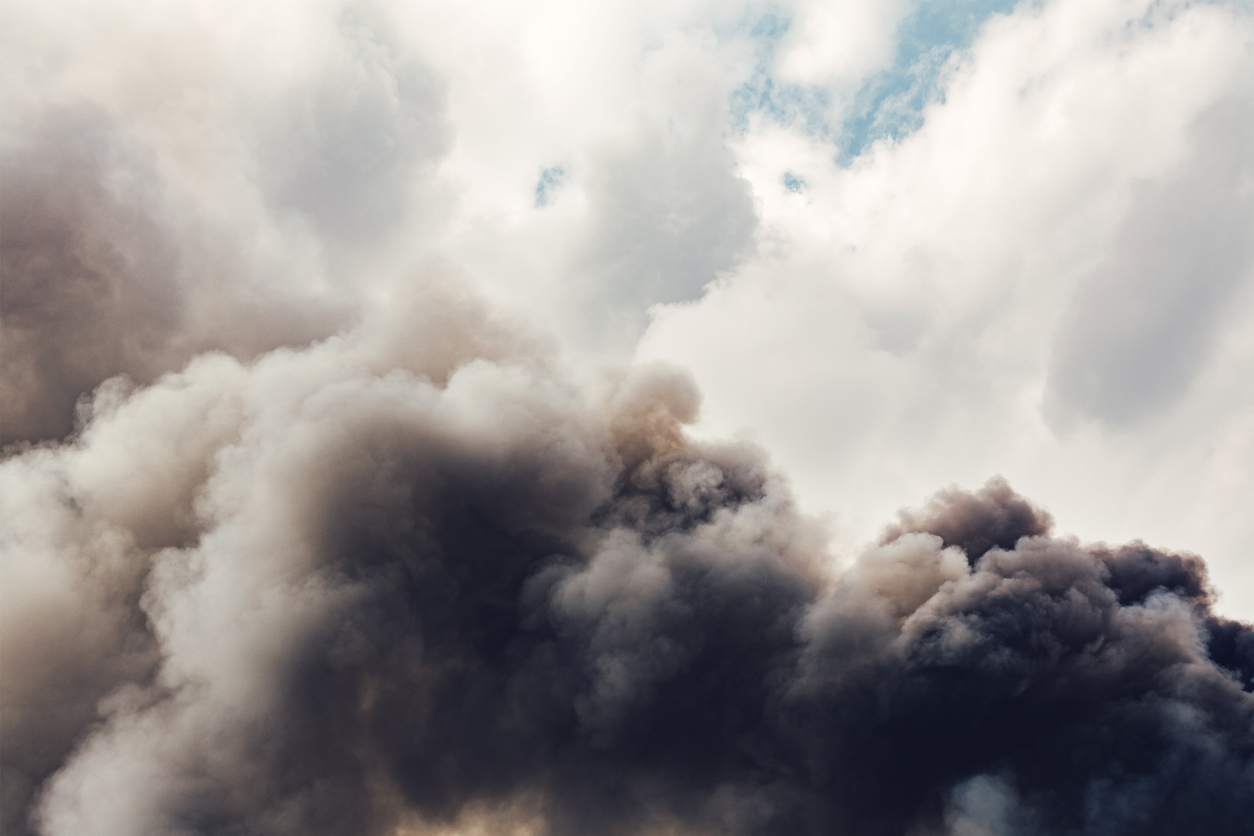
We are in 2019 and yet, so many people still associate the label of ‘activism’ with a sort of radical extremism. The root word of the word activist is the Latin ‘actus; meaning "a doing, a driving force, or an impulse." The work of activists is pushing for political, social and economic reform in a desire to change society for the better. One needn't organize campaigns, join marches, participate in boycotts and demonstrations, sign petitions or fast in order to be involved in activism. Committing one’s time and energy towards such activities is no doubt morally commendable. Without such activism, the history of human rights, gender and racial equality, freedom and democracy may well have looked very different than it does today. But activism can take place in the form of small, daily tasks; tasks that we consider trivial but can in fact make a huge difference. I
t is about changing our collective habits. You can pick up that plastic bottle lid on the beach and throw it in the designated plastic recycling bin, or you can stop using thin plastic bags when shopping for fruits and vegetables and bring your own instead – you can make them from old curtains or shirts. It is up to each and every one of us, says world-renowned primatologist Jane Goodall. Goodall has spent her life studying chimpanzees (since 1960); as a young girl, she had “stepped into the jungle as a biologist and came out as an activist”. Her lectures and interviews have millions of views on YouTube. After joining the online educational platform Masterclass (founded in 2014, www.masterclass.com), her tutorials became courses in conservation and a more conscious approach to the environment. As the environmental movement gains in strength, numerous environmental initiatives are now supported by celebrities and other influential individuals with access to financial means. They too are an important presence in the push for a greener future.
I was recently reminded about the importance of knowing about and acting on the truth in a social and political climate that is determined to keep you from it by my mother. I was one year old, playing in the sandbox in the social jungle of Petržalka (a concrete-jungle housing district of Bratislava), when a large cloud appeared in the sky. On April 26, 1986, shortly before midnight, there was an accident in the Chernobyl nuclear plant in Soviet Ukraine. The event caused more than 400 times more radiation than the atomic bomb in Hiroshima to be released into the atmosphere. Soviet authorities must have realised that the radioactive cloud produced will also pollute the neighbouring countries. Sadly, instead of stepping up, our comrades chose silence, denial and lies. As a result of the information embargo, the people of Slovakia were only informed about the accident four days later in a short notice on page seven of the daily paper. Mom and I observed the large cloud traversing the sky with interest that day. We only knew the consequences of what had happened years later. For many, it was already too late.
We are the ones we have been waiting for
We the people are the beacons of light the world needs. The voice of 16-year-old Swedish environmental activist Greta Thunberg, who became famous for her role in the climate change student strike outside the Swedish parliament, her talk at the TEDx Stockholm and Katowice, has reached millions. Today, she considers taking time off school to commit herself fully to the struggle against climate change. Among the most inspirational examples of individuals trying to curb plastic waste are the sisters Amy and Ella Meek. They are fourteen and twelve years old and founders of the organization Kids Against Plastic. They are active in the media to spread environmental awareness. Moly Steer is only 11 years old and has successfully launched the project Straw no more, an initiative that seeks to encourage schools across Australia to stop using plastic straws. Another example is the 16-year-old Isra Hirsi from Minneapolis, co-founder of the US Youth Climate Strike. Hirsi is particularly interested in climate justice, after seeing how global warming is affecting non-white communities around the world. There is also 15-year old Asheer Kandhari from Delhi, India, one of the coordinators of the school strikes in India, a member of #DelhiTreesSOS, a campaign group calling for the government to stop deforestation in the nation’s capital.
What now?
So, what is there that we can do now to make a difference? In 2016, Rob Greenfield decided to wear every single piece of trash he would produce in a month. Bags, plastic containers, coffee cups, plastic bottles. He set out into the streets of New York looking like a big bad trash can monster in order to get people interested in the issue of consumption and waste. It is not just our fault, recycling schemes in most places around the world are not equipped to deal with the amount of plastic we produce. Blaming individuals, rather than the structure, is not entirely just. And yet, every year, consumers in rich countries waste almost as much food (222 million tonnes) as the entire net food production of sub-Saharan Africa (230 million tonnes). Over a 500 billion plastic bags are used around the world each year; that makes one million per minute. Let’s replace these with reusable alternatives. It is the easiest way to reduce plastic consumption. If we shop online, send a request to the seller that you do not want your package delivered to you in plastic wrapping. Your request may yet go ignored; but the more people make it, the more likely that it will eventually become a possibility.
Get yourselves some Tupperware so you don’t need to use plastic wrapping when storing food in the fridge. If you prefer to eat out during the week, talk to the people at your favourite restaurant or canteen and ask them if they would consider using more sustainable packaging. Get your own bottle for water of coffee mug; it will last you a long time. You will not need to get plastic or paper cups and bottles. This year in July, British writer and activist Julie Burchill published an article for the Daily Telegraph titled There's only one way for fashion to be sustainable, and that's for us all to stop buying new clothes. While this may sound reasonable at a glance, not everyone is prepared to make such sweeping sacrifices. What we are prepared for, however, is to take small steps to more systemic change. If we shop, we need to shop responsibly and reflect on the manufacturing process of the products we consume. Let’s pay a bit more, in the name of quality and transparency. Every item of clothing comes down to us with a story. Every shirt, every pair of jeans. If we see that a product is ‘Made in Bangladesh’ or ‘Made in India’, let's consider the conditions of the men and women whose labour made its existence possible.
Let us keep asking uncomfortable questions until they are answered. And even when they are not, perhaps they can help to start the broader and deeply necessary conversation that we need to be having as a society. We don’t really need to be producing more materials for more clothes; instead, we should be learning how to use what we already have. Let’s support locally sourced and produced brands, let’s try to fix what is torn before we throw it out. Let’s recycle responsibly. We can deposit what we are not using anymore into charity containers or textile recycling bins. If your friend complains that she hasn’t bought anything new for herself in a long time, tell her that she is doing the right thing. The longer we use the clothes we have, the better for the planet. There is no shame in going to a charity, swap or second-hand store. You are doing everyone a great service, including yourself. There are many treasures to be found. Last year, I bought three cashmere sweaters in a charity shop in the Campo de Ourique area. They were brand new. Quality material can never replace cheap polyester. Before you buy something, take a look at the tag to see what the material is. If you are able to, look around for more natural materials, such as cotton, wool or silk. Support those who are making a conscious effort. If you heard of brands who decided to discontinue using environmentally harmful materials or have put an end to exploitative labour conditions, support them with another purchase or favourable reviews. Organize a clothes swap with your friends or colleagues.
The rise of fast fashion means that polyester, being cheap and easy to produce, now makes up roughly sixty percent of all fashion textiles in the world. If you feel that you are unable to part with your polyester t-shirts and dresses, make sure to use the fastest washing machine setting and to wash at low temperature. You will limit the amount of plastic microparticles released into the water. Very small pieces of textile fibers (mostly nylon or polyester) thinner than a human hair is constantly being released into the air and water. In the end, we all want the same thing. To go to bed with a feeling that our existence is meaningful not just to ourselves, but also for others? Is it possible at all for us to live our lives in ways that are wholehearted and meaningful if we are unable to see the global reflected in responsible personal and local choices? Goodness is not measured by the size of the task. Nobody expects us to be perfect, it is perfectly in order to be making mistakes as we head towards change; what matters is that we learn from our mistakes and improve.
Lastly, let us briefly turn towards Ethiopia, where the skeleton of the female hominid species Australopithecus afarensis was discovered in 1974. The country in which, at the end of July this year, over 350 million trees were planted as part of a wider reforestation campaign named "Green Legacy," spearheaded by the country's Prime Minister Abiy Ahmed. Schools and public offices closed down for the one day during which only one thing mattered, and that was for Ethiopians to plant the future of our planet into the soils of the Earth; tree seedlings. That day, Ethiopia set a world record in the number of trees planted in a day. It should be an example to all of how much can be accomplished if only we decide to work as one.
Most popular

Tendências do guarda-roupa das nossas mães e avós que regressam na primavera/verão de 2024
19 Apr 2024

Tudo o que deve saber sobre a Met Gala de 2024: Tema, anfitriões e muito mais
18 Apr 2024
Relacionados

Where is my mind?
26 Apr 2024




